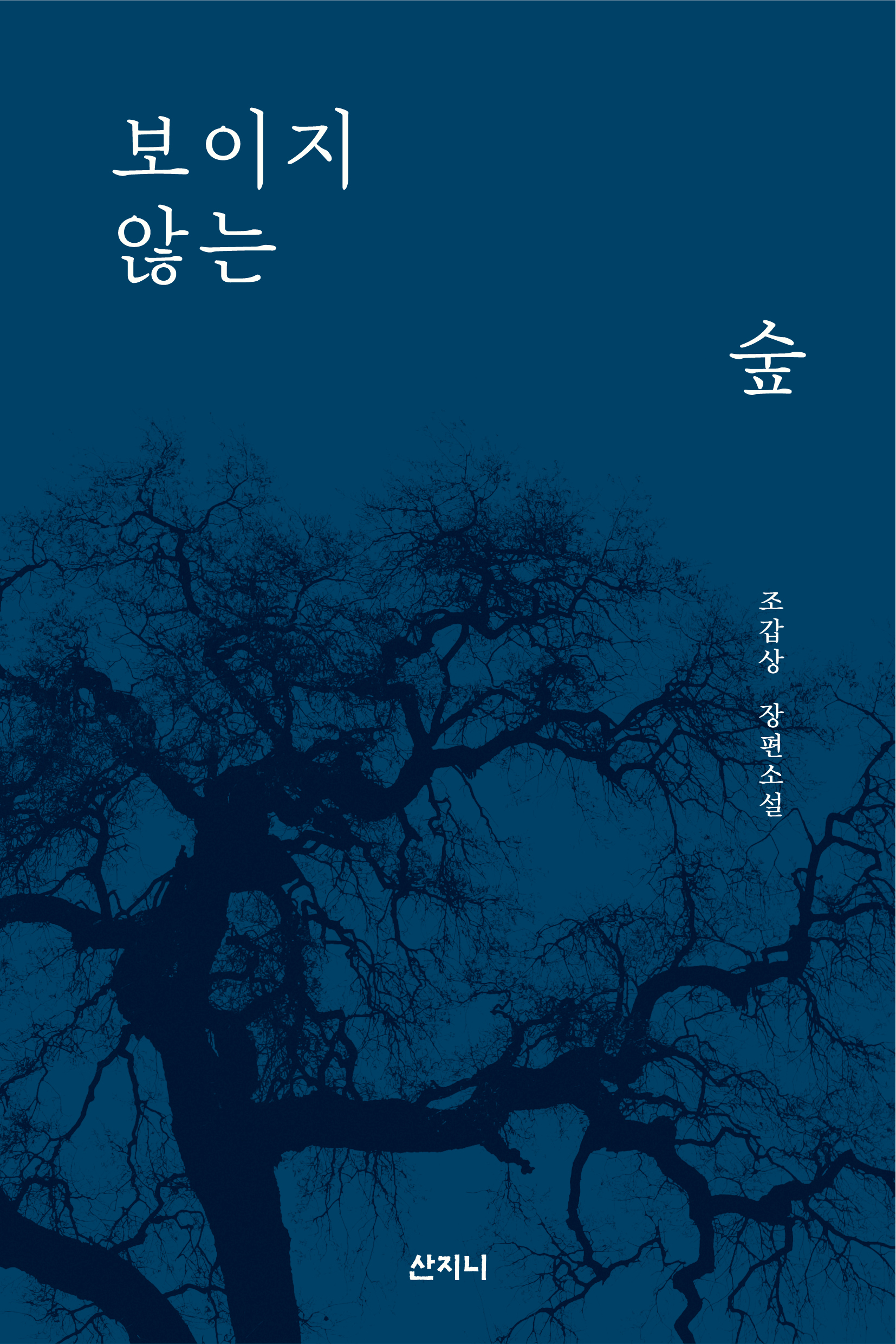
The Invisible Forest
Jo Gapsang
| Pages | 400 |
|---|---|
| Dimensions | 140*210 |
| ISBN | 979-11-6861-099-6 03810 |
| Price | 18,000 WON |
| Date | 2022-11-01 |
| Contents | Novel |
Overview
Can we ever be free of state violence arising from ideological conflict?
There are those who walked the “invisible forest” of Korean society, bearing the yoke and bridle of individuals caught in the cruel wheels of history. A wish for happiness containing both catharsis and coexistence, dredged up by the unyielding writer’s spirit, The Invisible Forest is the latest release by the writer Cho Gap-sang, whose previous novel The Eye of the Night was awarded the 28th Manhae Prize for Literature. Set in the township of Samsan-myeon in Yeosan, his newest work examines a painful cross-section of our modern history through the Bodo League massacre, a subject of the author’s longtime preoccupation, and the National Security Act Incident.
The author establishes the village of Yeosan and the fictional space of Keunsan as the backdrop against which the bloodbath born of ideological conflict tears neighbors and individuals apart from one another both before and after fratricidal tragedy. Through the character Kim In-cheol, the book unfolds the story of an age that could not be spoken, centering its narrative around the three main events of the Bodo League, National Security Act, and the Understanding Korean Society Textbook Incident.
In 1967, when the eye of the government was on every citizen, Kim In-cheol works as a reporter managing reader submissions for the magazine Wolsegae. When one day he is summoned to the police station over a contributed article, he meets there the writer of the article, Seo Ok-ju. Deeming the article in question a seditious work, the police hurls abuse at them both, and the two end up drinking together to shake off their ill treatment. In the course of their conversation they come to discover the shared loss of their fathers to the monstrous tide of the Bodo League and the Korean War, and this chance meeting leads to a longer relationship as they begin living together.
Time passes, and Kim In-cheol returns to his hometown of Yeosan to teach at a local school, only to stumble upon the town’s dark past in the process of investigating the vandalization of the school’s service memorial… Yeosan and its residents have been forced into the middle of a heartless history. Kim In-cheol takes a laborious step toward the truth.
Rather than identifying and narrating historical incidents from a macroscopic perspective, this novel reflects the zeitgeist of the times by tailing the people who live within them. Portraying the treatment of the Japanese after Korean independence, the actions of Japanese sympathizers, the brutal war following in the tails of the ecstasy of liberation, and the merciless violence and massacre accompanying systemic changes, the author narrates the painfully realistic emotions and scenes of those who have lived through the vagaries of history, depicting its echoes in detail to add dimension to its events.
